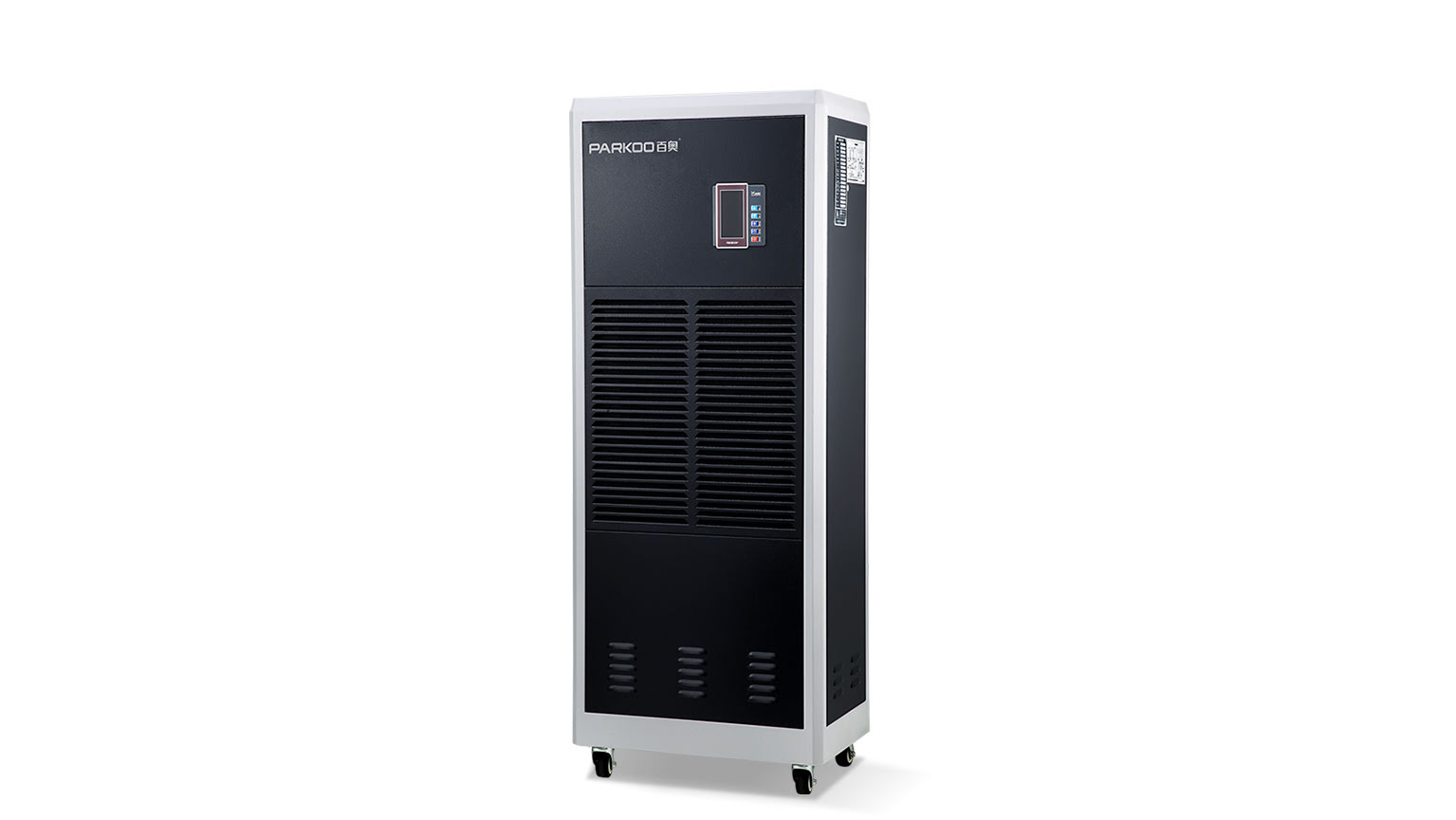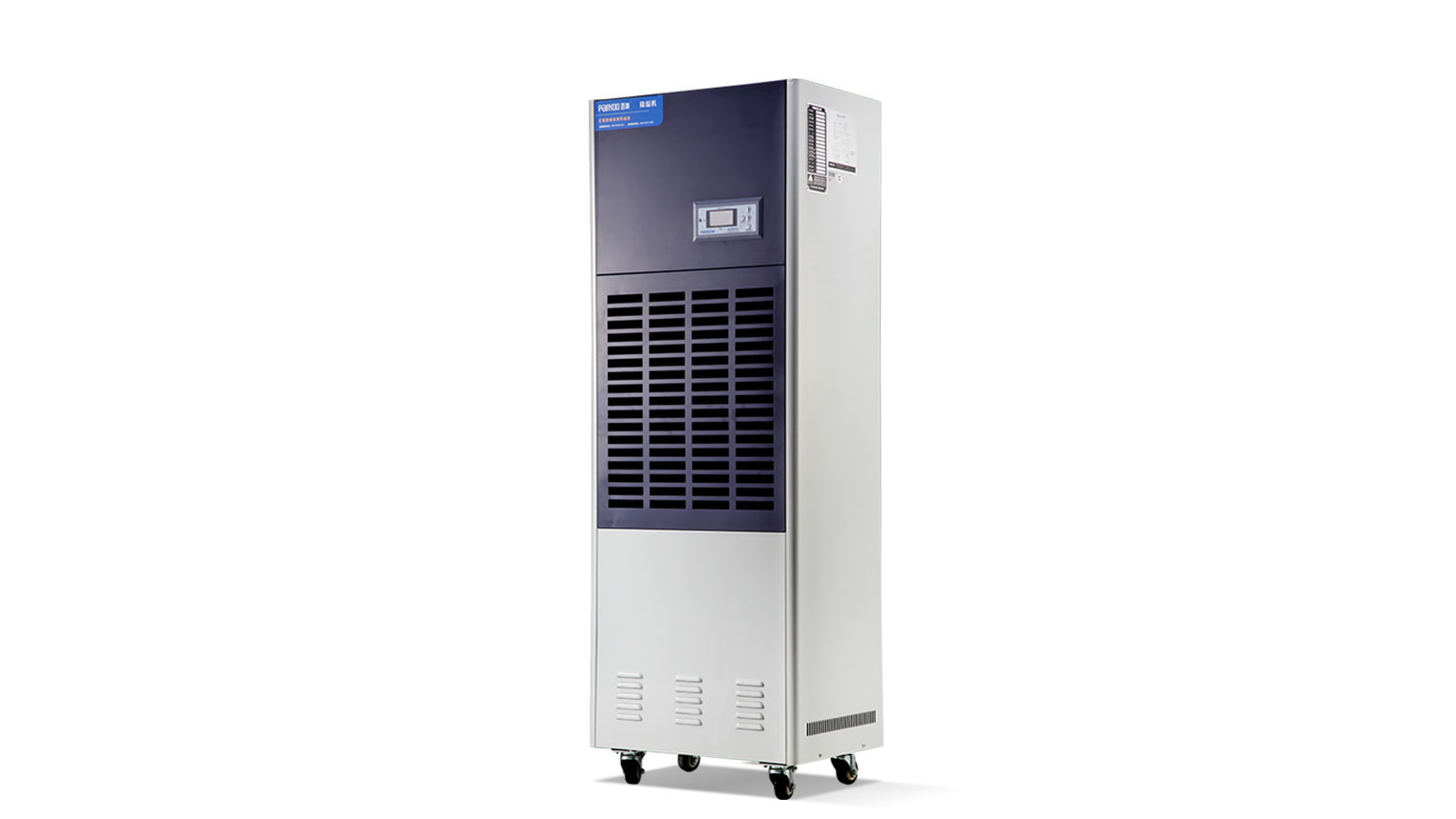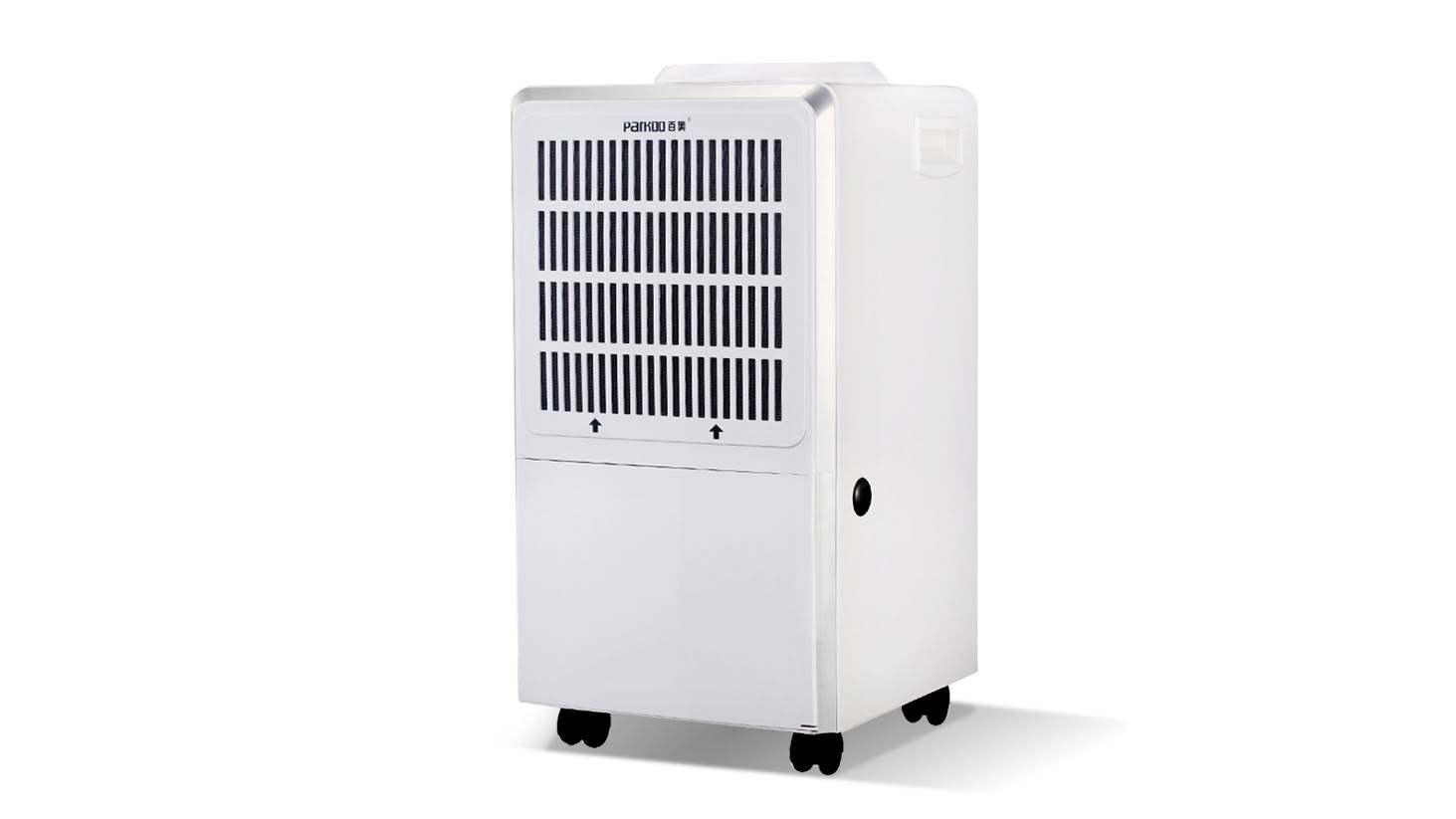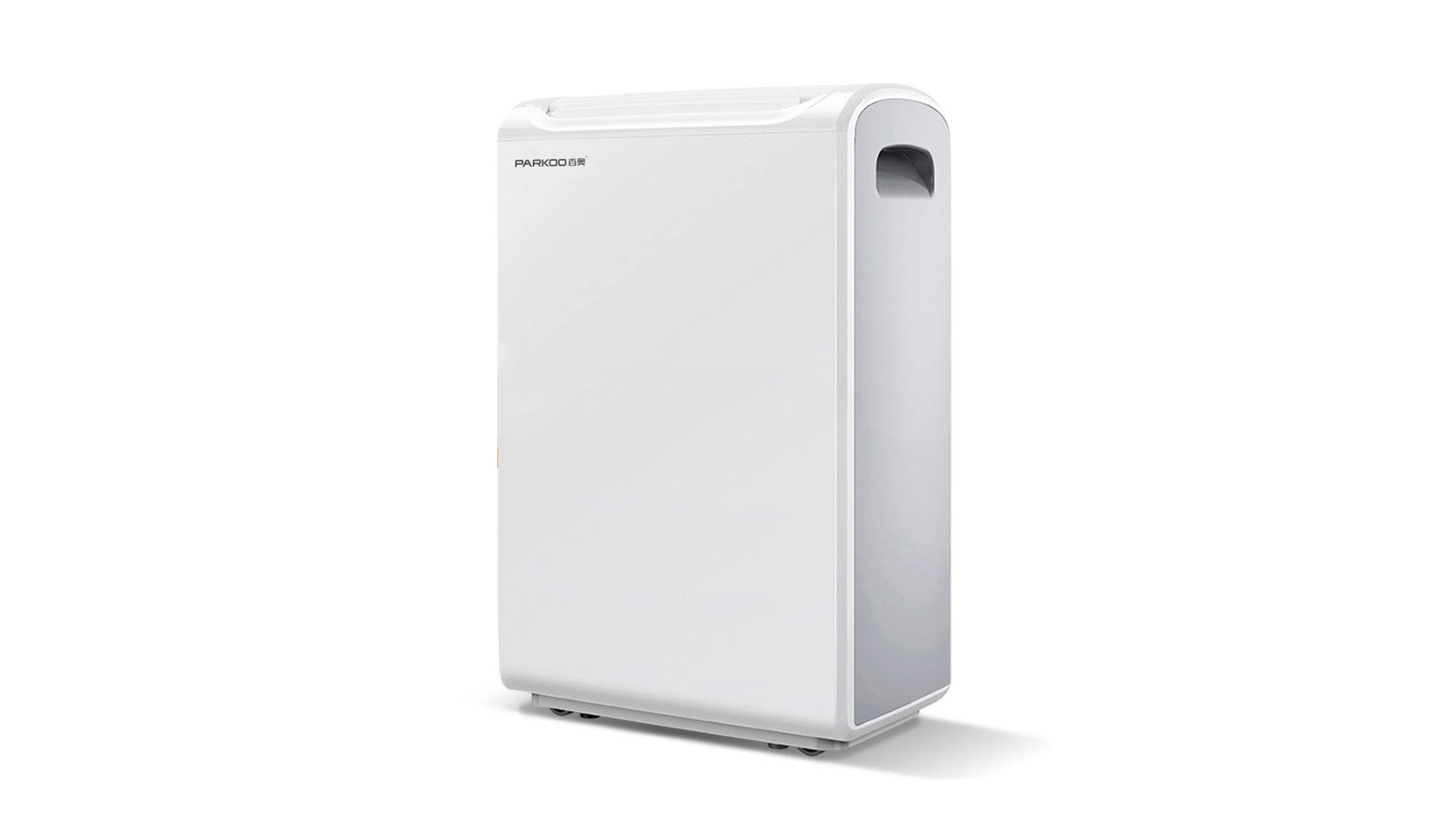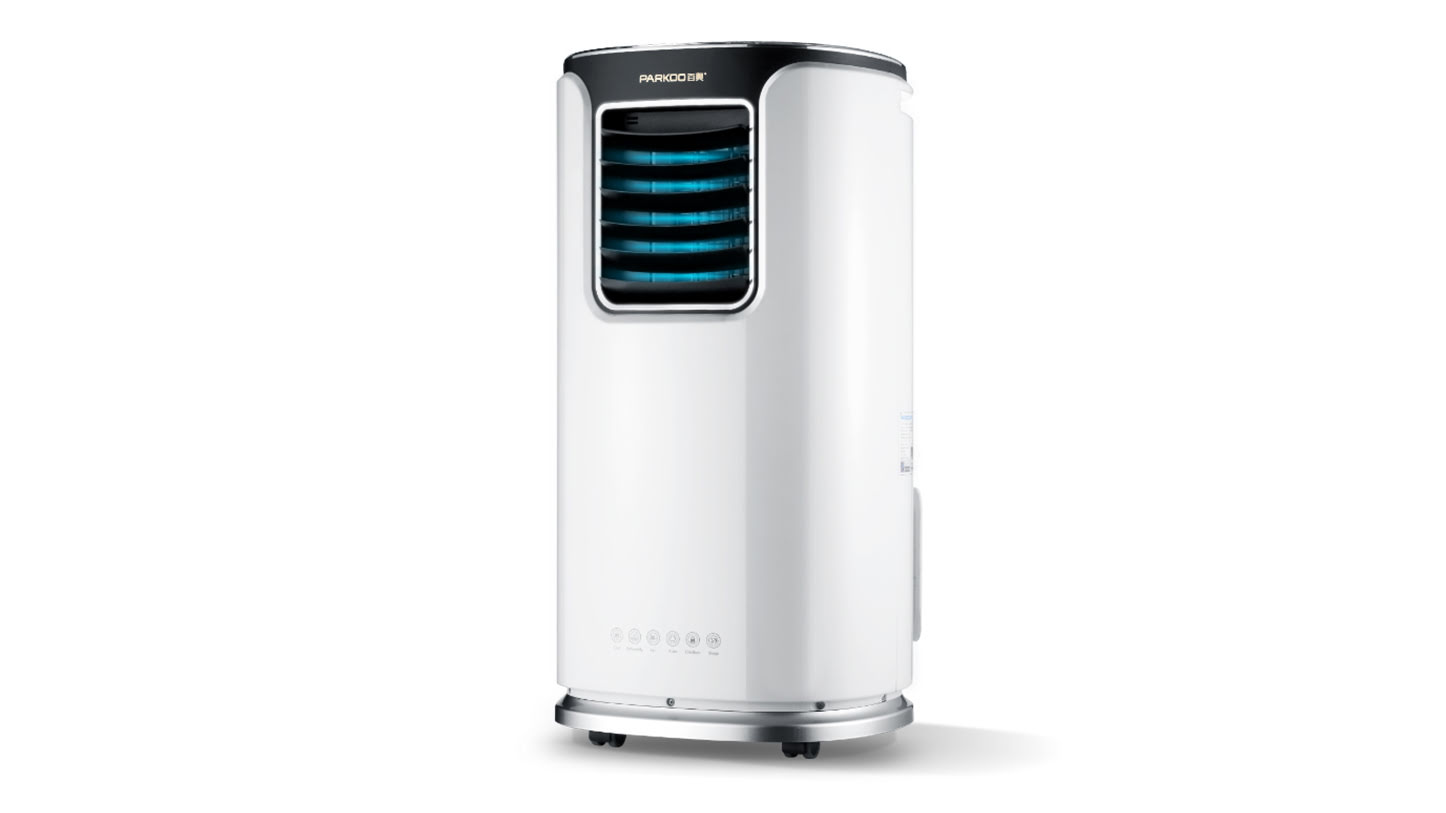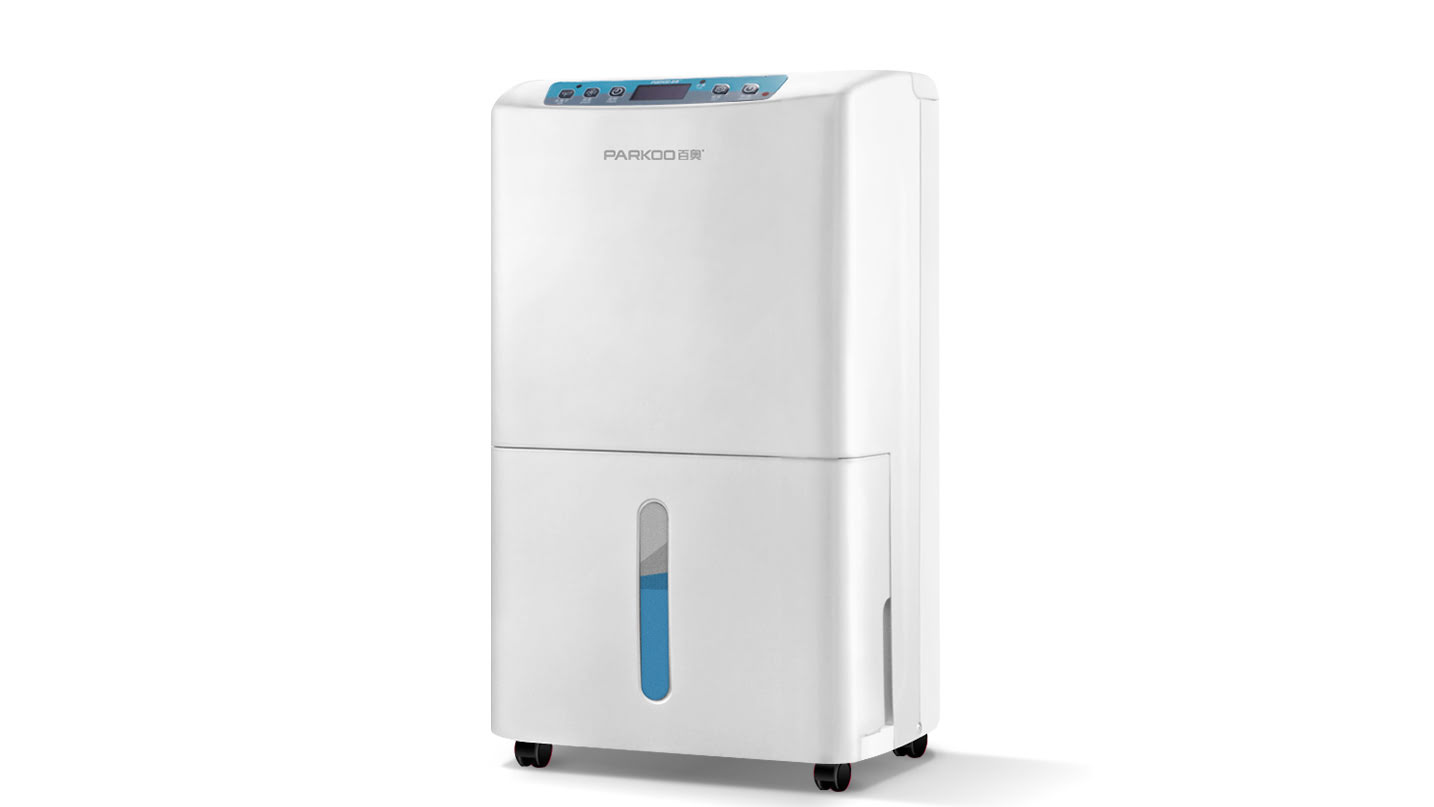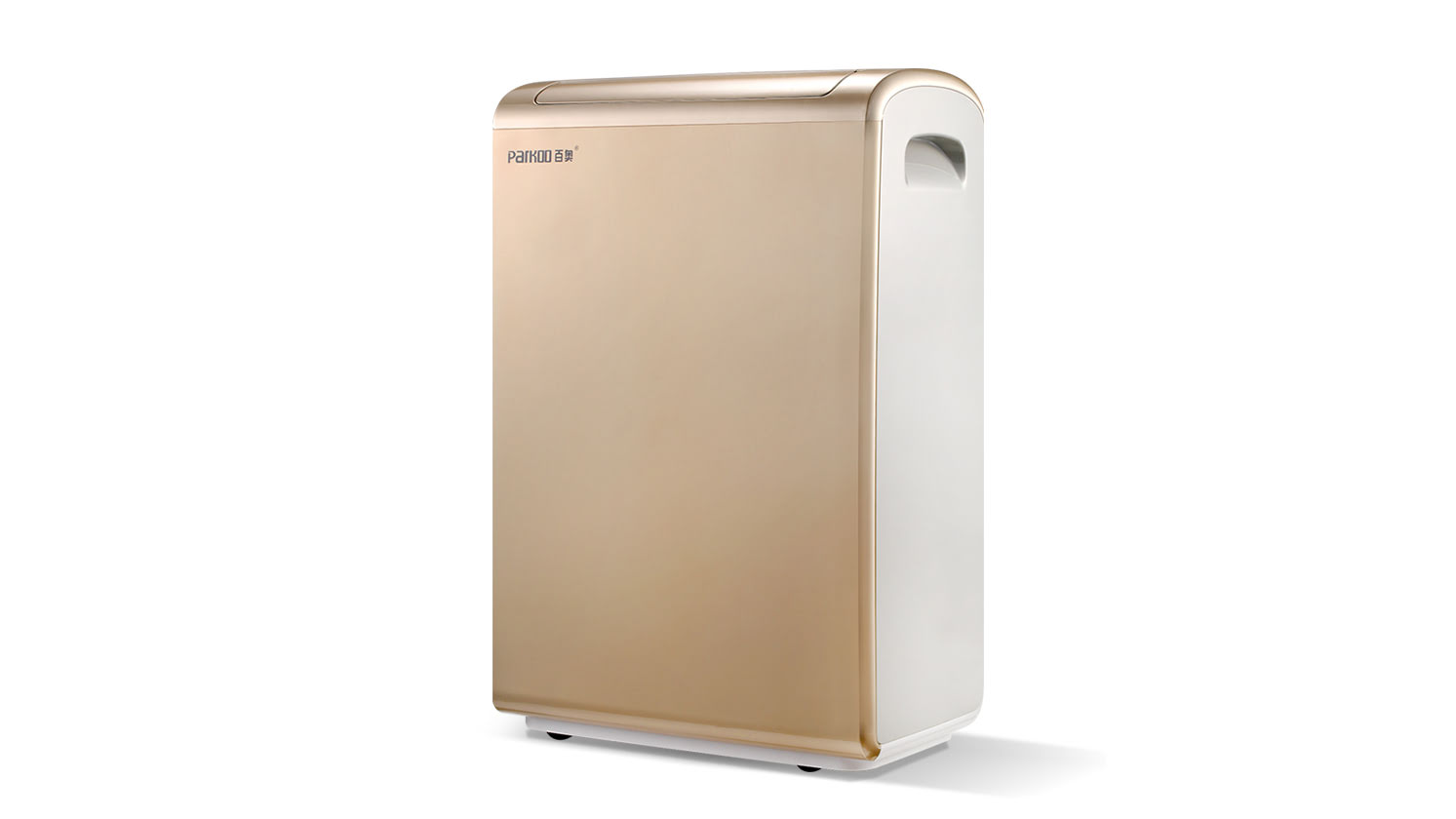using the variable tolerance optimization method, the COP value of the refrigeration system performance coefficient is taken as the objective function, and the main structural parameters of the evaporator, condenser, capillary and the refrigerant filling volume are taken as the optimization variables. The optimal Matching calculation is Carried out for Several major components of the room air conditioner system, so that the energy Efficiency ratio is significantly Improved and the Purpose of energy saving is achieved.
1. In Recent years, although the understanding of the basic phenomena in the refrigeration equipment has been relatively clear, the current air conditioner manufacturers basically adopt the traditional analogy design method, emphasizing the Consistency with the enterprise's equipment conditions and design experience, so as to achieve a certain degree of system matching.
The purpose of this Paper is to optimize the matching of a split Wall mounted air conditioner refrigeration system. taking the COP value of the refrigeration system as the objective function, and taking the main structural parameters of evaporator, condenser, capillary and refrigerant charge as the optimization variables, the optimal matching calculation of several major components of the air conditioner system is carried out. The calculation results show that the COP value after optimization is 8.07% higher than the original value, the refrigeration capacity is increased by 3.77%, and the power consumption is reduced by 3.79%. The energy saving goal is achieved.
2. Simulation of refrigeration system working process
The purpose of cold system working process simulation is to realize the best matching of the system and the automation of working process control, so the simulation model should be accurate and reliable. generally, the sTeady state lumped parameter method is rough and can not be used to understand the characteristics of each paRT of the system. In this paper, the steady state distributed parameter method is used.
2.1 Simulation of evaporator and condenser
The flow of refrigerant in evaporator and condenser is saturated, superheated, saturated and subcooled, respectively. generally, the average heat transfer formula is adopted for each state as a Whole in the heat transfer calculation of two evaporators. Although the difference in heat transfer between single-phase and two-phase fluids is considered, the heat transfer coefficient and refrigerant temperature are actually different in each area divided. In this paper, the stepwise calculation method is adopted. Under the assumption of the outLet parameters, the equations of mass conservation, momentum conservation and energy conservation are used to calculate iteratively, and the changes of temperature, pressure and dryness of the refrigerant are obtained.
2.2 Capillary simulation
Although the structure of the capillary tube is simple, the flow of refrigerant in the tube is relatively complex, which is a "flash evaporation" process from the liquid single-phase flow, and there is a non thermoDynamic equilibrium phenomenon of vaporization lag, which has a great impact on the refrigerant flow in the capillary tube and the outlet parameters. In this paper, based on the experimental data of R22 in many literatures, the wennan model has been modified, which satisfactorily reflects the relationship between the flash point delay of R22 and the capillary diameter, inlet subCooling, etc. The capillary inlet and outlet parameters are still solved by the step parameter method with the aid of simultaneous iteration of Three conservation equations.
2.3 Simulation of compressor
The rolling rotor compressor is used in the refrigeration system of the air conditioner in this paper. The transient simulation of its working process is still based on three conservation equations, which comprehensively considers the Effects of heat exchange between the cylinder and the outside World, gas leakage, the motion law of the gas valve, the friction of moving parts and other factors on the working performance of the compressor, Making it closer to the actual working process of the compressor. Literature [2] gives a detailed description.
2.4 Simulation of refrigeration system
The block diagram of refrigeration system simulation calculation takes the mass flow rate and system filling volume as the criterion of calculation convergence. Compared with the reference [3], it has the advantage that the initial value selected has less influence on the convergence speed and calculation accuracy, and the influence of filling volume is taken into account.
3. Best matching of refrigeration system
On the basis of the experimental verification that the simulation results of the refrigeration system are in good agreement with the experimental results, the author has established the optimal matching optimization model among several major components of the refrigeration system, and the optimized refrigeration system has achieved the goal of energy saving.
3.1 Optimization parameters
(1) Objective function and design variable
The objective function in this paper is:
Fx=1/COP
COP value is energy efficiency ratio.
The design variables are as follows: refrigerant charge M
Ec between fins of condenser; Pipe outer diameter doc; Single tube length lc; face wind speed uc;
Fin spacing of evaporator ee; Tube outer diameter doe; Single tube length le; Face wind speed ue;
Capillary length L cap.
The optimization of compressor is not considered here temporarily, and the inner diameter of capillary tube is taken as a fixed value.
(2) Constraints
The explicit constraints are as follows:
1.5mm≤ec≤3.0mm,1.5mm≤ee≤3.0mm,
6.0mm≤doc≤12.0mm,6.0mm≤doe≤12.0mm,
0.5m≤lc≤1.2m,0.5≤le≤0.75m,
1.0m/s≤uc≤3.0m/s,0.5/s≤ue≤3.0m/s,
0.6m≤L cap≤1.8m,
500g≤M≤1000g。
For the convenience of calculation, the above constraints are dimensionless.
In addition, limit the material consumption and noise indicators. The weight of the condenser and evaporator after optimization should not be greater than the weight of the prototype. The noise control is achieved by limiting the flow resistance of air flowing through the evaporator.
3.2 Optimization method
BeCause of the large amount of simulation calculation of the working process of the air-Conditioning refrigeration system, and the complex linear or nonlinear or nonlinear relationship between the objective function, constraints and design variables, this paper uses the variable tolerance optimization method. The special occupation of this method is that the vertex of the initial polyhedron is not required to be a feasible point and the gradient does not Need to be calculated, so the operation is simple. Compared with those optimization methods that require strict feasibility, the calculation time is greatly saved. In addition, the number of tolerance criteria can also be used as the criteria for the end of the search.
It should be pointed out that in the optimization calculation of the room air conditioner refrigeration system, because the objective function, constraint conditions and design variables are complex implicit nonlinear relations, the optimization results are local optimal solutions, which are related to the initial point position. In addition, the optimal value of the design variable is consistent with the series of standard values specified by the state, and the optimal value needs to be rounded or standardized. Therefore, it is necessary to use the "subspace optimization" method to round or standardize some design parameters. Then the final optimal design is obtained by comparing multiple local optimal solutions.
